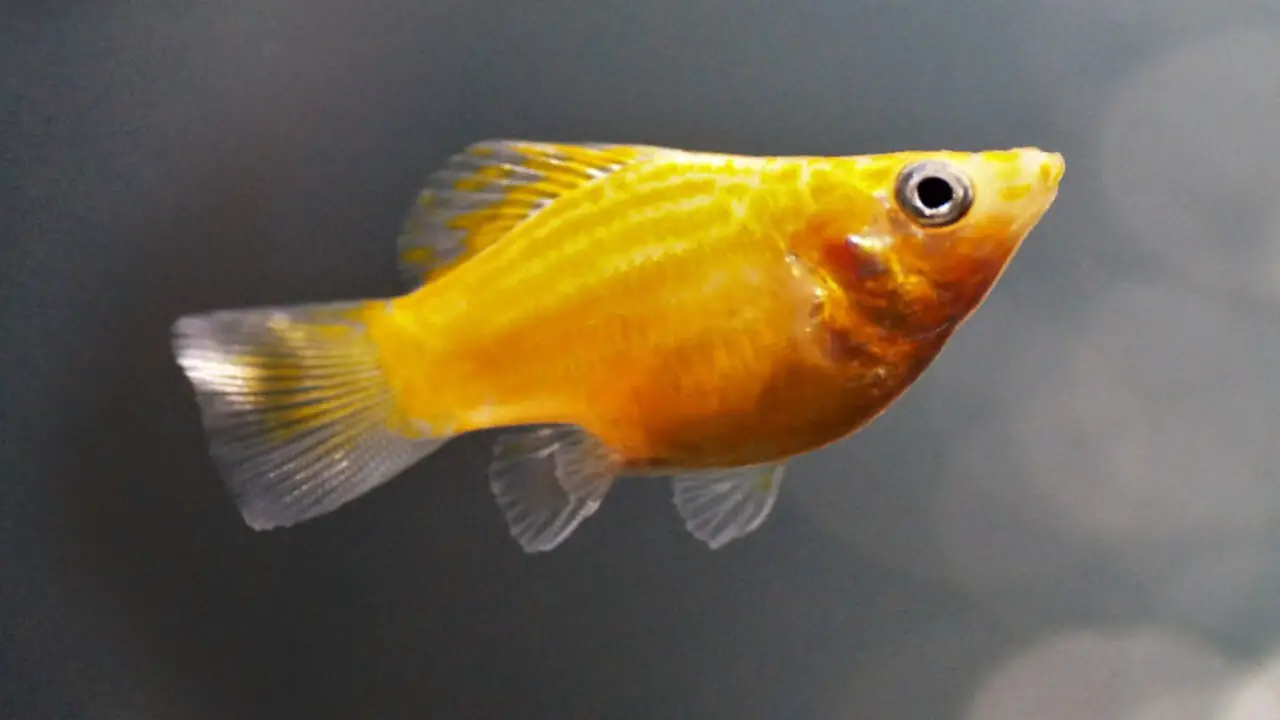Molly fish are a well-known freshwater species famous for their vibrant and striking colors and patterns. They are popular among novice fish keepers because they require minimal care and are easy to breed.
One way to differentiate male mollies from females is by using a gonopodium, a modified anal fin used for mating. One of the new owners’ biggest questions is identifying male and female-molly fish. Unlike other fish, it can be challenging to differentiate between the two sexes.
Here we will look at the physical characteristics distinguishing male-molly from female molly fish, including body shape, size, and color differences. Whether you’re a seasoned owner or a first-time buyer, this guide will equip you with the tools to identify male and female molly fish easily.

Physical Characteristics: Male Molly Vs Female Molly
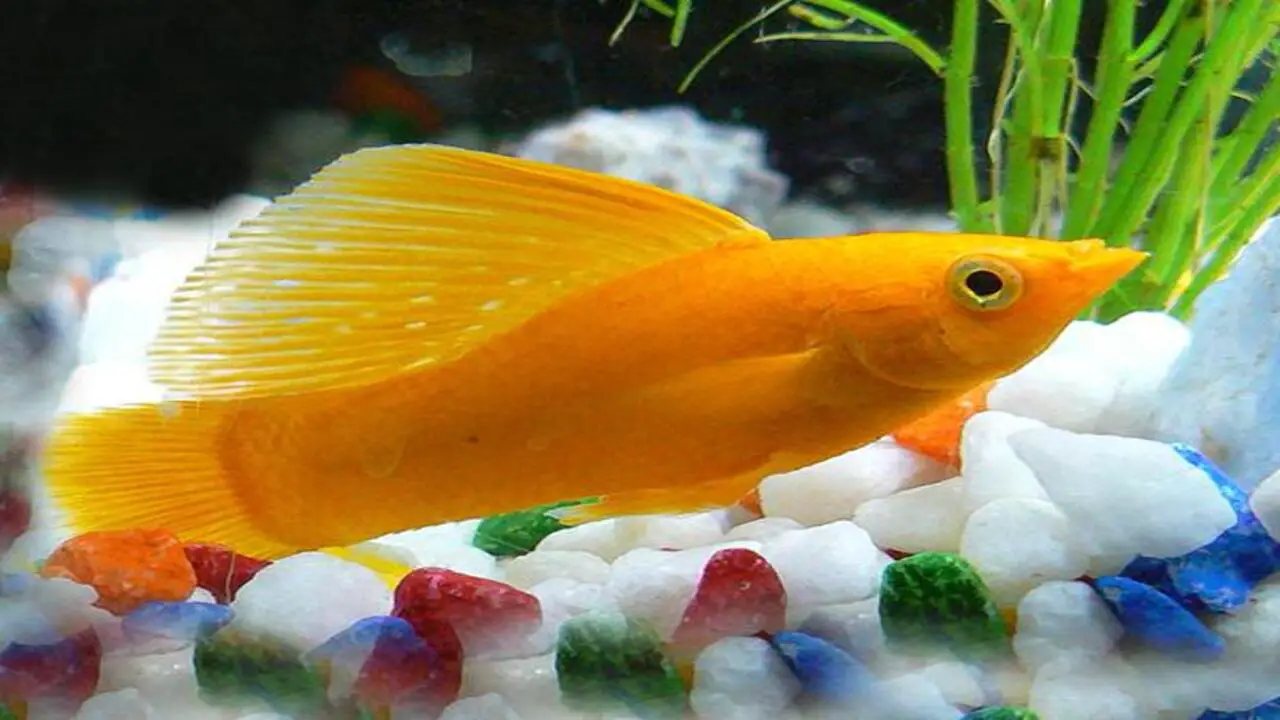
In terms of male molly fish versus female molly fish, there are a few key differences to consider. One of the most noticeable differences is in their physical appearance. Male mollies tend to be smaller and slimmer than females, with a more streamlined body shape.
They also have a modified anal fin called a gonopodium, which is used for mating. Overall, understanding the differences between male and female mollies can help aquarium owners provide appropriate care and ensure a harmonious environment for their fish. Scroll down to get details on Physical Characteristics: Male Molly vs Female Molly.
Comparative Analysis Of Body Shape And Size
When male mollies, there is a noticeable difference in body shape and size compared to their female counterparts. Male mollies tend to have a more streamlined and slender body shape, with a longer and narrower anal fin. They also tend to be smaller in size overall, with an average length of around 2-3 inches. In contrast, female mollies have a rounder and plumper body shape, with a shorter and wider anal fin. They are generally larger in size, reaching lengths of up to 4-5 inches. These differences in body shape and size are not only important for distinguishing between male and female mollies but also play a role in their reproductive behaviors and social interactions within the aquarium setting.
Color Differences
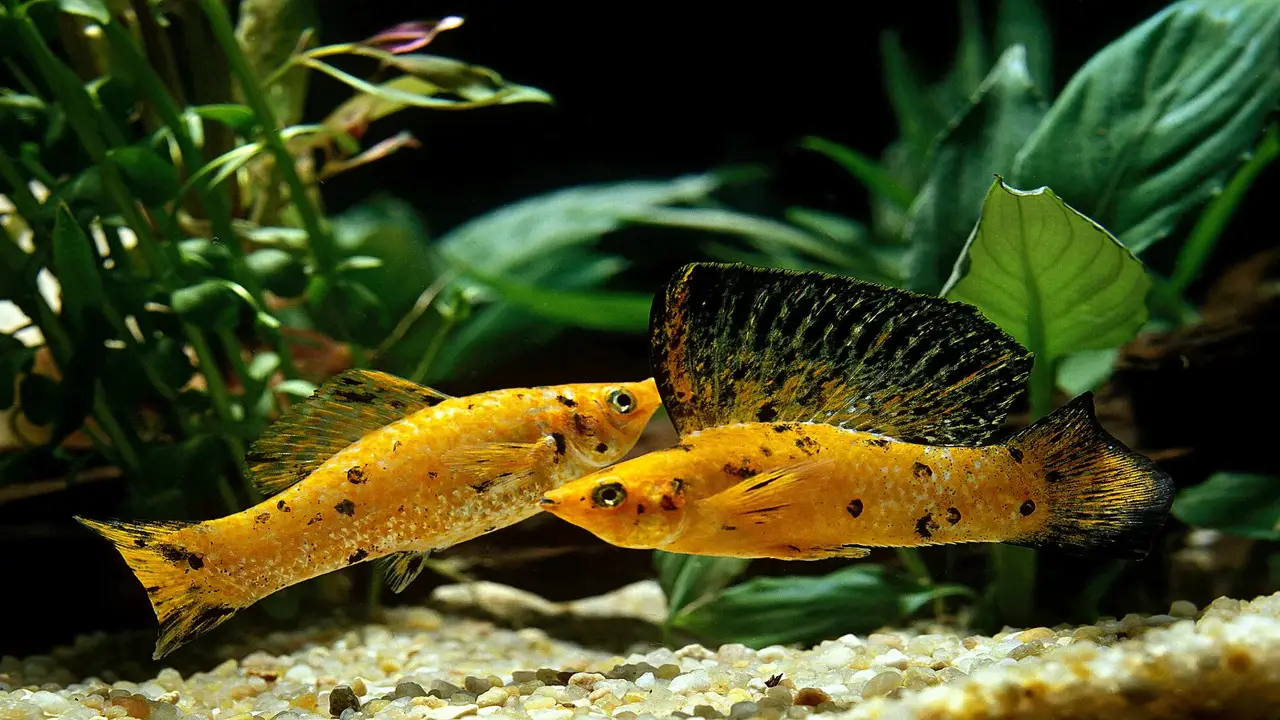
Male mollies typically exhibit more vibrant and eye-catching coloration compared to their female counterparts. This is due to the natural process of sexual selection, where males evolve bright colors and patterns to attract females for mating.
Male mollies often display a wide range of colors, including vibrant oranges, yellows, blues, and blacks. These striking colors not only serve as a visual cue to potential mates but also play a role in species recognition and competition among males. It is important to note that the coloration of male mollies can vary depending on genetics, environmental factors, and individual health.
Importance Of Dorsal Fin In Gender Identification
The dorsal fin can be an important characteristic in identifying the gender of a male Molly fish. Male Mollies typically have a larger and more elongated dorsal fin compared to females. This fin is located on the back of the fish and extends vertically from its body. By examining the size and shape of the dorsal fin, aquarium enthusiasts can often determine if a Molly fish is male or female. This distinction is valuable for breeding purposes or for maintaining a balanced population within an aquarium.
Anal Fin- A Key Indicator
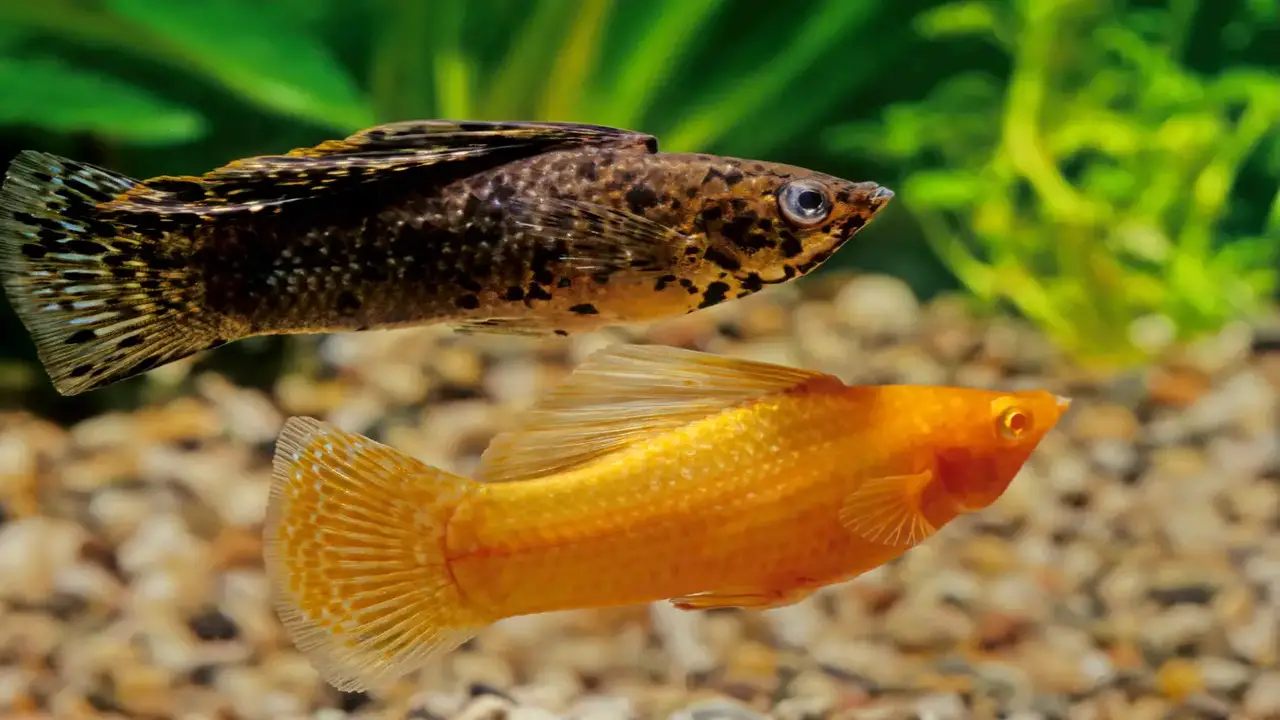
The anal fin of male mollies is typically larger and pointed, serving as a key indicator of their gender. In contrast, the anal fin of female mollies is smaller and rounder. Male mollies may also possess a modified anal fin called a gonopodium, which they use for reproduction.
Additionally, males often display more vibrant colors and longer, flowing fins than females. Observing the shape and size of the anal fin remains the most reliable method for determining the sex of these livebearers.
Decoding Behavior To Determine Gender
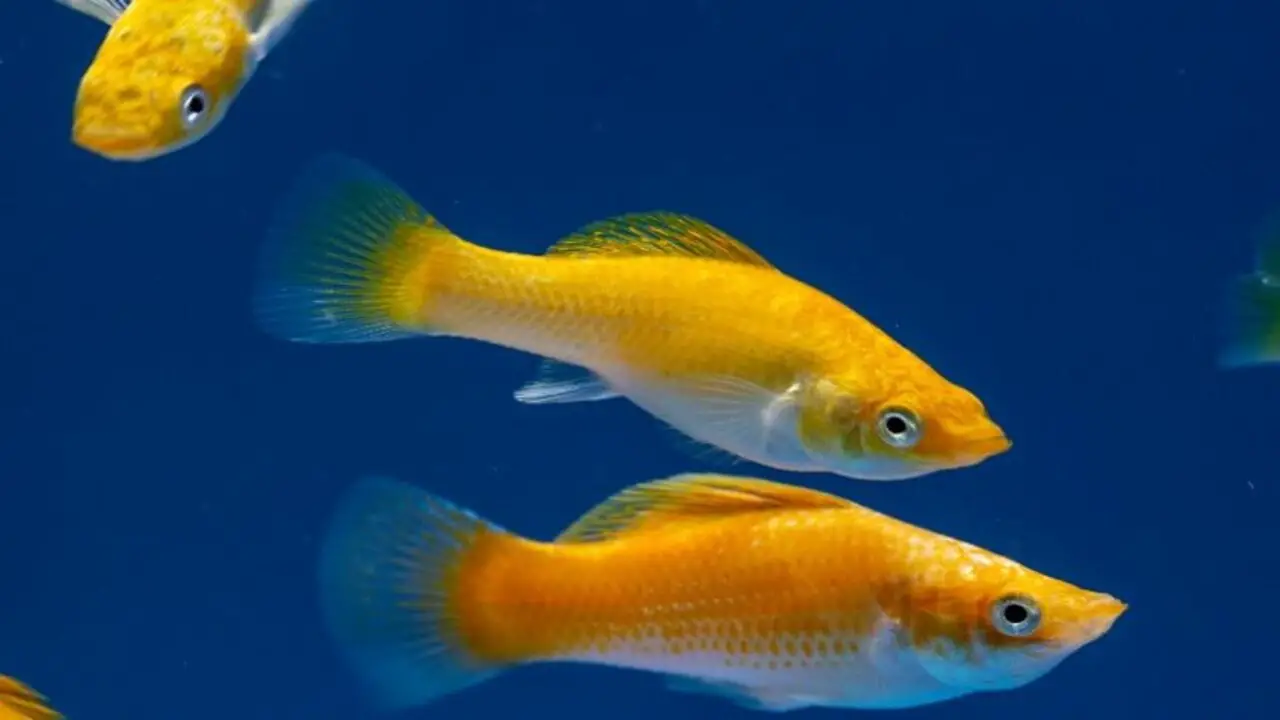
Decoding the behavior of male mollies can be a helpful way to determine their gender. Male mollies are typically more vibrant in color and have larger fins than females. They also exhibit a behavior called “chasing and circling,” where they swim around the female molly in a circular motion.
This behavior is often a sign that the molly is trying to court the female and mate with her. Additionally, male mollies may display territorial behaviors, such as defending a certain area of the aquarium from other fish. By observing these behavioral cues, you can gain insight into the gender of your male molly and better understand its needs and behaviors.
Behavioral Patterns Unique To Male-Molly
Male mollies exhibit unique behavioral patterns that can help determine their gender. They are known to pursue female mollies more frequently, displaying their interest in mating. However, if multiple male mollies are kept together in one tank, they may behave aggressively toward each other.
To attract mates, male mollies often display brighter colors and larger fins. They also spend more time patrolling the tank and defending their territory. These distinctive behaviors can be observed to identify the gender of mollies.
Behavioral Traits Specific To Female Molly
Female Mollies, unlike their male counterparts, have distinct behavioral traits. They tend to be larger in size and have a rounded belly. When ready to mate or give birth, females may exhibit territorial behavior. During pregnancy, they often swim near the bottom of the tank and display more aggression toward other fish. It’s important to note that female Mollies can give birth to many fry at once, so providing ample hiding places in the tank is crucial for their well-being.
Breeding Habits Of Molly Fish- A Peek Into Their Reproductive Life
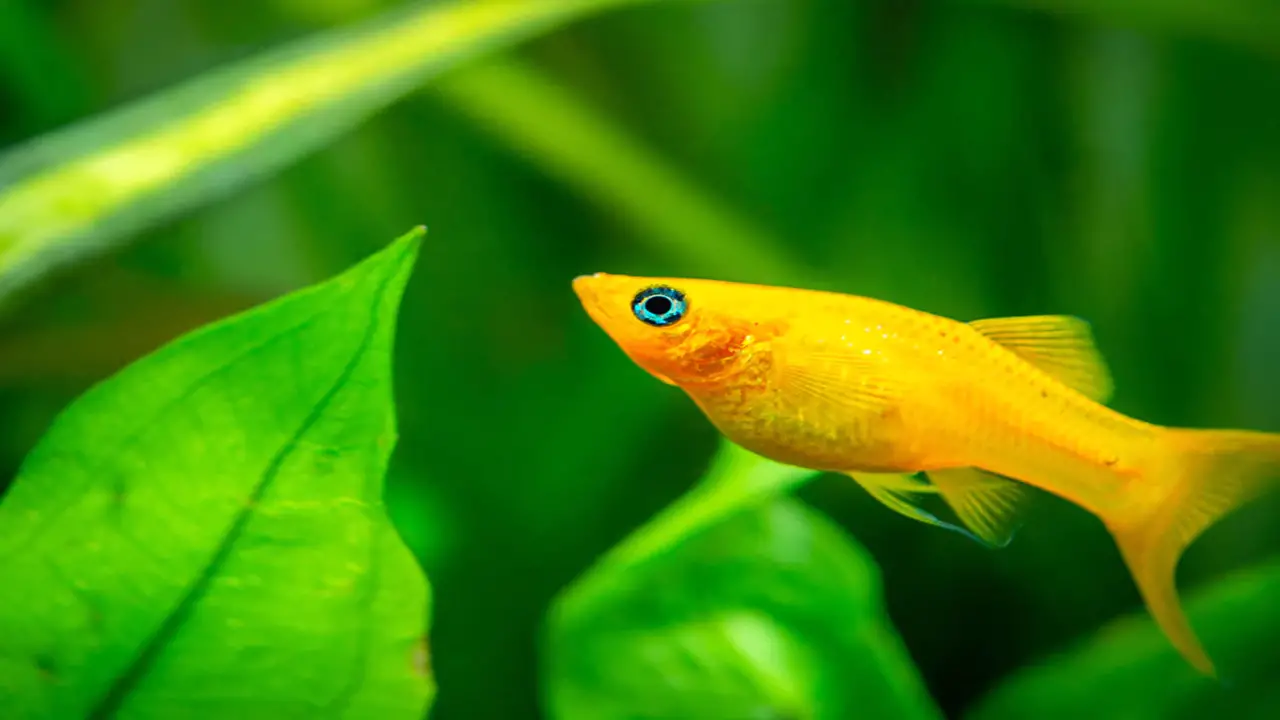
The breeding habits of mollies offer a fascinating glimpse into their reproductive life. Male and female mollies can be distinguished by their physical characteristics, such as body shape and fin size. Behavioral differences can be observed during mating and breeding, with male mollies pursuing females more frequently and displaying brighter colors and larger fins to attract mates.
Creating the right environment for breeding is crucial, including a separate breeding tank with plenty of hiding places. Monitoring water quality and providing the right food for fry are important tips for successful molly breeding. Identifying pregnant females and providing appropriate care during breeding is also crucial.
How Does The Gravid Spot Hint At Gender?
The gravid spot on the lower half of a female molly’s body serves as a crucial gender indicator. This dark spot’s size and shape can determine the pregnancy stage of a female-molly. In contrast to males, only female mollies have this characteristic feature.
By observing the presence or absence of the gravid spot, aquarists can easily determine the gender of their molly fish. It is important to note that the color and size of the spot can vary depending on factors such as age, genetics, and environmental conditions.
Tips For Separating Male And Female Guppies
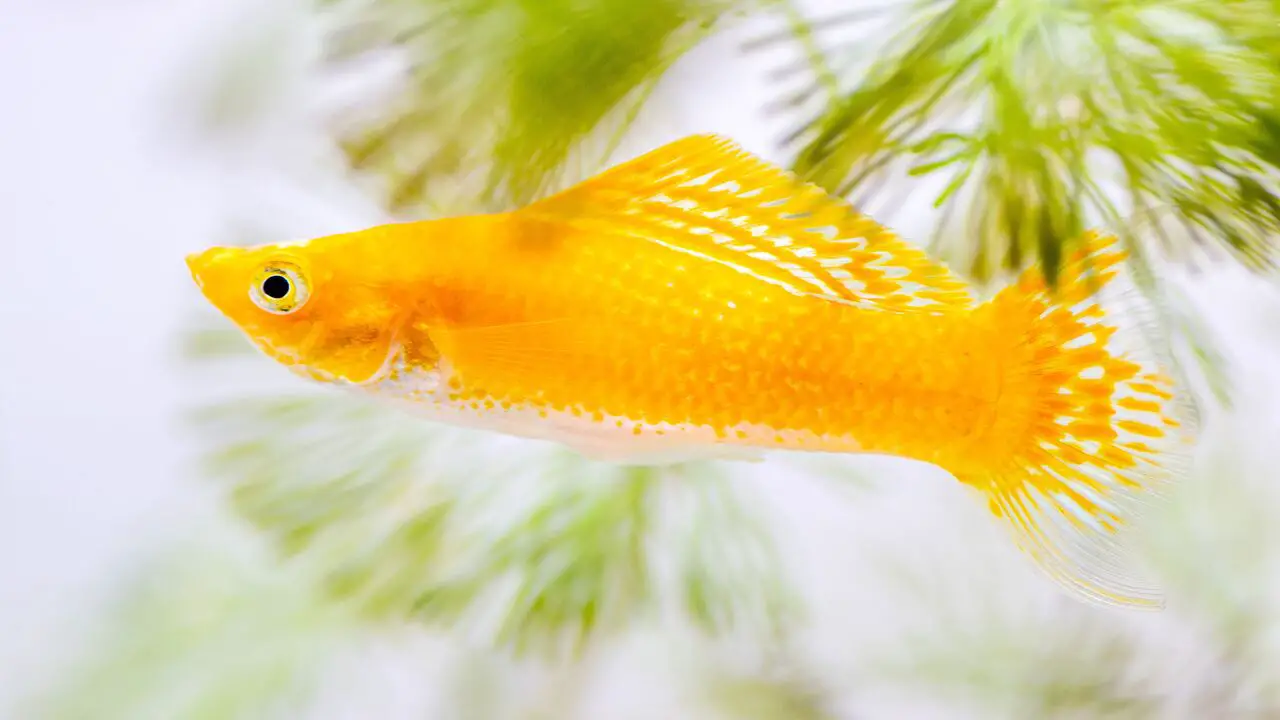
Separating male and female guppies is important for a few reasons. First, it helps to control the population of guppies in your tank. Male guppies are known for their prolific breeding habits, and if left together with females, they can quickly overpopulate the tank. Separating them allows you to manage the guppies in your tank and prevent overcrowding. When distinguishing between male and female guppies, there are several key features to look out for.
- Observe the fish closely: Male guppies are typically smaller and more colorful than females. Look for vibrant colors, flowing fins, and a slender body shape to identify males.
- Consider the behavior: Males are known for their active and energetic swimming patterns, while females tend to be more relaxed. Watch how the fish interact with each other to help determine their gender.
- Look for a gravid spot: Female guppies have a dark spot near their abdomen called a gravid spot, indicating they are pregnant. This can be a helpful indicator when trying to differentiate between males and females.
- Separate the males from the females: Once you have identified the male guppies, separating them from the females is important to prevent breeding and overcrowding in your tank. Use a separate tank or divider to keep them apart.
- Monitor and adjust as needed: Keep an eye on your guppies after separating them to ensure they are healthy and thriving. Make any necessary adjustments to their living conditions, such as water temperature or feeding habits, to promote their well-being.
Conclusion
Identifying the gender of Molly fish can be done through a combination of physical characteristics and behavior. The body shape, size, color differences, and presence of certain fins can help determine whether a male-Molly or a female Molly.
Additionally, observing behavioral patterns specific to each gender can provide further clues. Understanding the gender of your Molly fish is important, especially if you plan on breeding them or maintaining a balanced tank. By knowing the gender, you can create suitable conditions for their reproductive life and prevent overcrowding. So, take the time to observe and learn about the unique traits of male and female Mollies to ensure a healthy and thriving aquarium environment.
Frequently Asked Questions
Can Male-Molly Fish Change Their Sex?
Male-molly fish cannot change their sex. They are born with either male or female reproductive organs. Male mollies have a gonopodium, a modified anal fin for mating, while females have a larger and rounder abdomen, which may be gravid when ready to mate.
What Is The Behavior Of A Male-Molly Fish?
Male-molly fish display more aggressive behavior, often chasing and nipping at other fish, especially during mating season. They have a modified anal fin called a gonopodium, which they use to fertilize female eggs.
Can I Keep All Male Mollies?
Keeping all male mollies is not recommended, as they may become aggressive toward each other. It is generally advised to have a mix of male and female mollies for a healthy and balanced community. Male mollies are usually smaller and more colorful than females.
Do Male And Female Mollies Breed Easily?
Male and female mollies tend to breed easily, resulting in large numbers of offspring. It is important to separate them if you don’t want them to breed. Female mollies can store sperm for several months, allowing them to give birth even without a male present.
What Are The Physical Characteristics Of A Male-Molly Fish?
Male-molly fish possess distinct physical characteristics. They have a gonopodium, a modified anal fin used for mating. Compared to females, males are smaller, slimmer, and may exhibit brighter colors and more elaborate fins.

Aquarium passion is all about connecting with the aquatic life and providing education to the public on the importance of these creatures. We showcase a wide variety of marine life through our exhibits as well as working with schools to provide unique learning opportunities for students of all ages.

